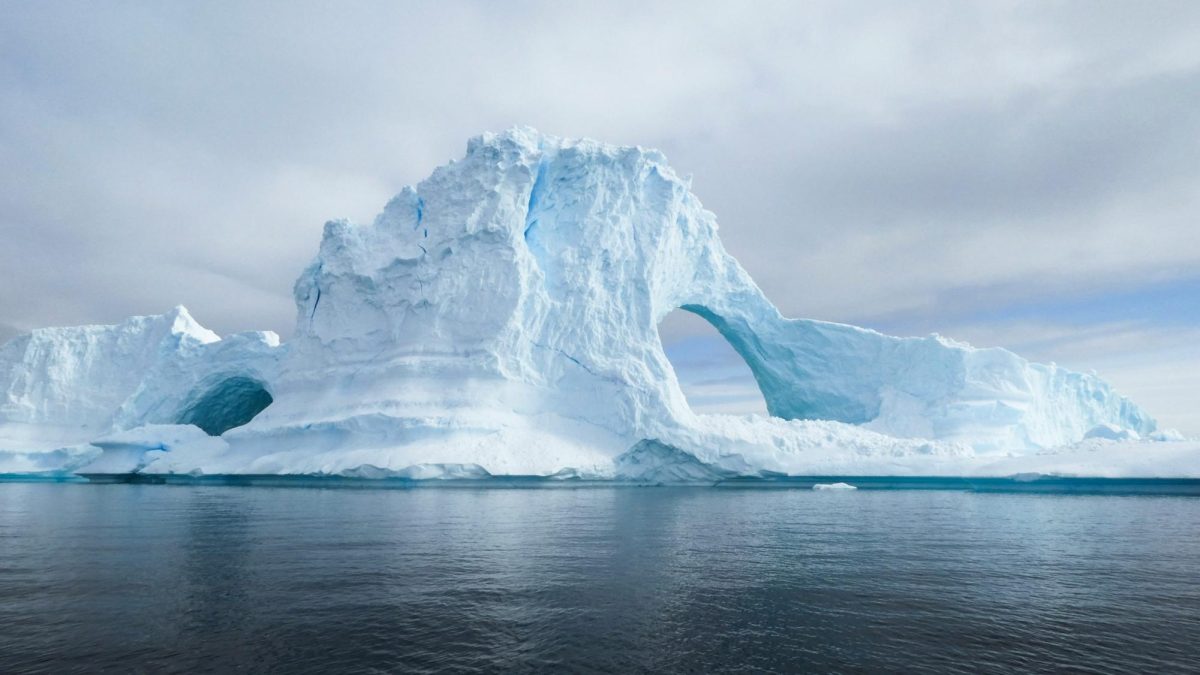A recent study of Sea otters has illustrated their role in helping prevent the erosion of California’s coast–all thanks to their appetite (Nature.com). Sea otters eat shore crabs that burrow into the marshlands, compromising their strength against erosion. Coastal erosion has slowed from 30 centimeters per year to just 10 centimeters per year because of their presence and role in the ecosystem (Smithsonian Magazine).
Sea otters have provided numerous benefits to the marshland ecosystem, yet it was not long ago that they were almost hunted to extinction. They were hunted for their fur in the 18th and 19th centuries, and have now been slowly regaining their population due to hunting laws and habitat restoration efforts (ABC News). More recently in the late 20th century, otters have been raised in estuaries and released into the wild (AP News).
With the reintroduction of sea otters to their natural habitats, areas with higher populations of sea otters have lower rates of erosion, compared to areas with lower populations of otters (Nature). As previously stated, these animals help to keep the shore crab population under control so that they do not destroy marshlands. Striped shore crabs burrow into the coast and chew on plants, such as Pickleweed, which are essential for holding the land together. If the population of crabs goes unchecked, marshlands have the potential for becoming unstable and eroding very quickly.
Otters have also been found to eat sea urchins along the coast which pose a threat to kelp forests, another way they are contributing to saving the marshland ecosystem. Their positive impact on their ecosystem is inspiring different approaches to conservation efforts, such as introducing more predator species to their natural ecosystems, as well as showcasing how vital conservation efforts are to saving ecosystems (Smithsonian Magazine).
“It’s remarkable when you think about it,” said Jane Watson, a community ecologist at Vancouver Island University in Canada, “You can have a single animal, the sea otter, come in and through predation actually mitigate the effects of erosion” (Smithsonian Magazine)









